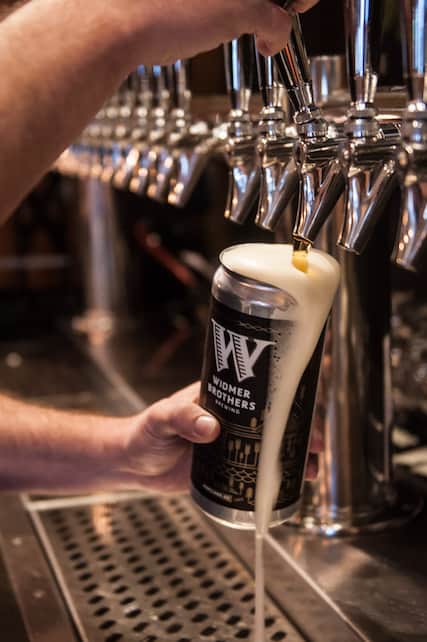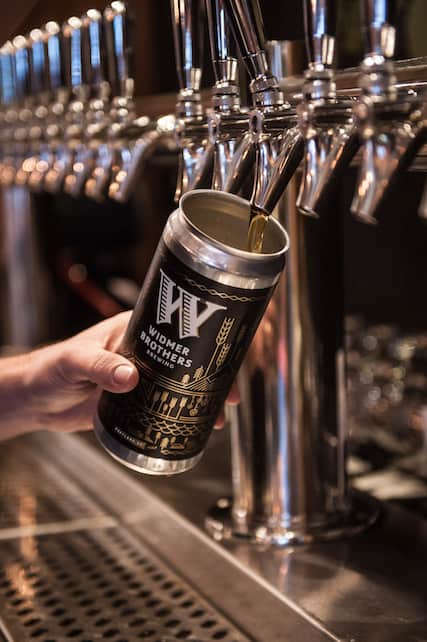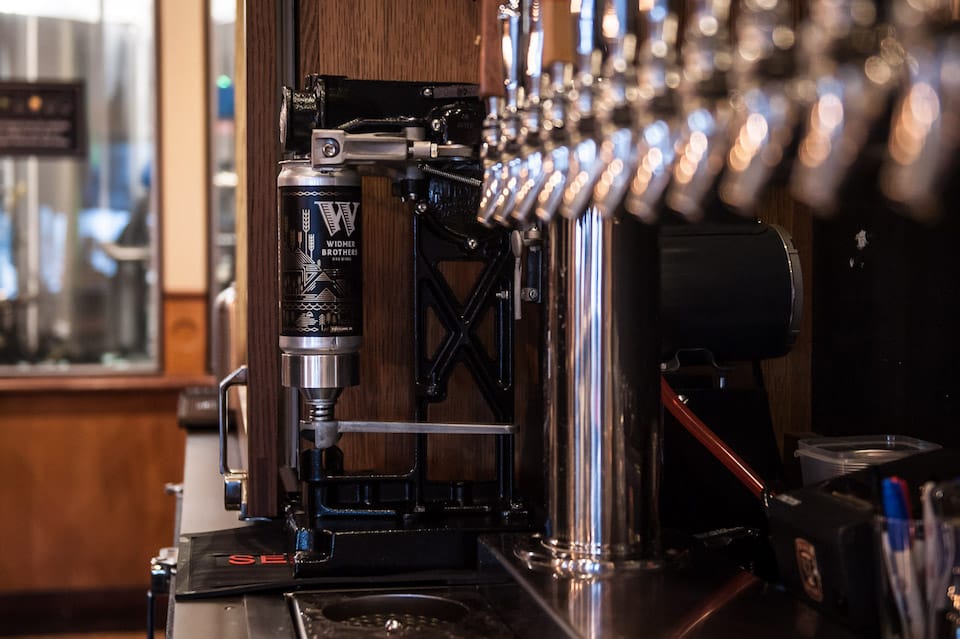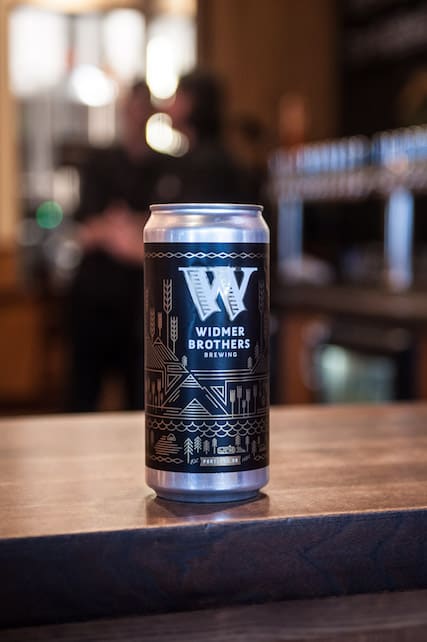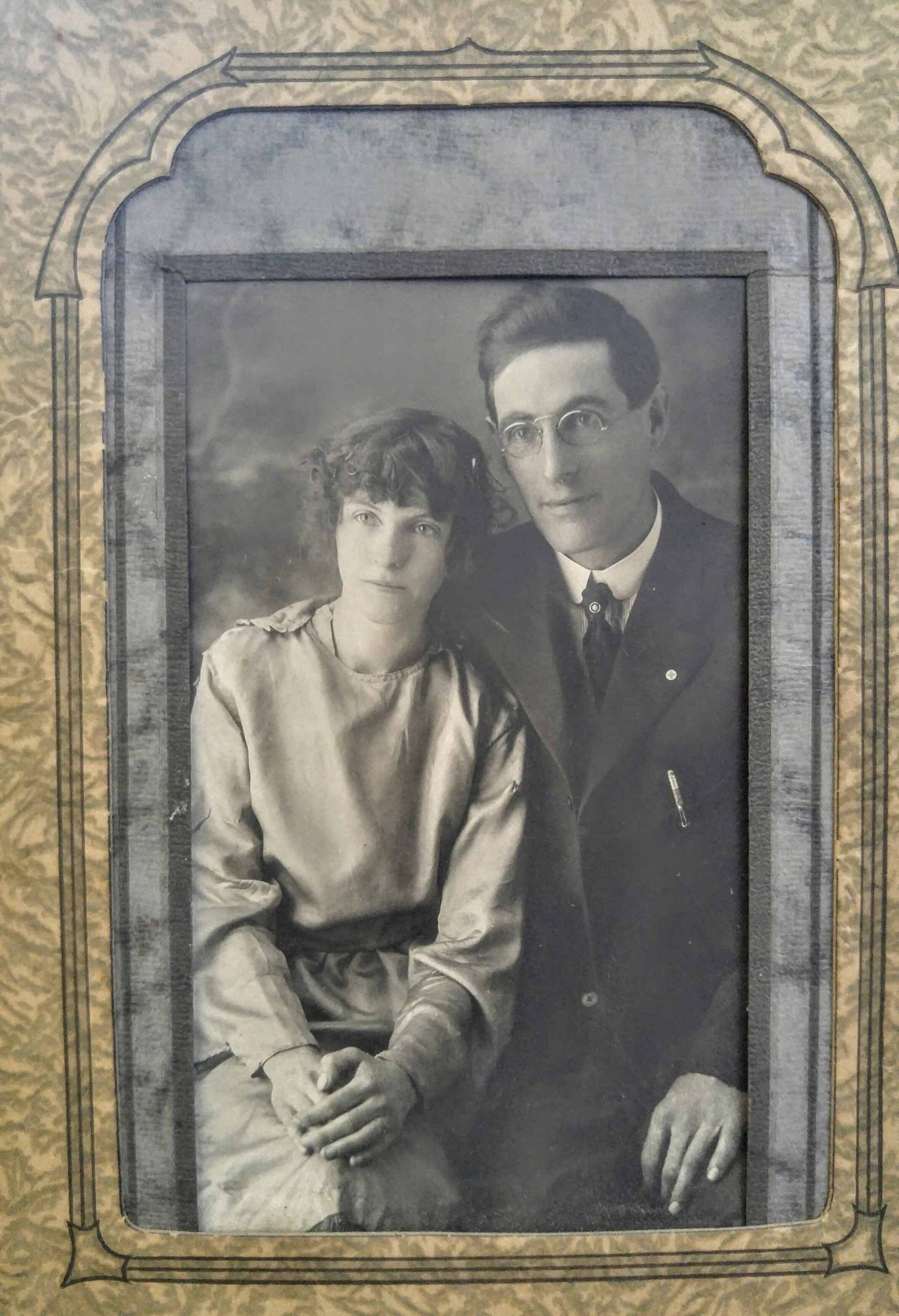written and photographed by Jackie Dodd
In the heat of the moment, I pretended I knew what she was talking about. I work in the beer industry, I should know these things. It was, after all, the first time I’d ever heard the term “crowler.” As a student of beer, I’m used to growlers as the go-to container for to-go beer. Possibly a Hydro Flask here and there, and a pony keg for those with beer-dispensing systems in their places of residence, but the word “crowler” had no place to rest in my brain. Did she mean growler? “It’s a can-growler,” she explained. “We fill a 32-ounce aluminum can with whatever you want, and then we machine-seal the lid with this antique-looking press thing.” Why don’t I know about these? She filled one up for me, overflowing with the last of the saison keg about to blow in favor of the summer ale she was preparing to tap.
This was nearly a year ago. In the months since, I’ve been the one pronouncing growler with a “c” and navigating puzzled stares from beer people. “It’s a can-growler.” I tell them, “They fill a 32-ounce can with whatever you want, and then they machine-seal the lid on with an antique-looking press thing.” I also tell them about how much more sense the crowler makes than the traditional/clunky/heavy/fragile growler. “It’s so much easier to transport! You can even ship them! They last weeks, as opposed to a growler that only gives you a few days!” It makes up for the ignorance I felt that first day, learning about this brilliant new beer-packaging invention from the woman behind the bar at a taproom in Bellevue.


